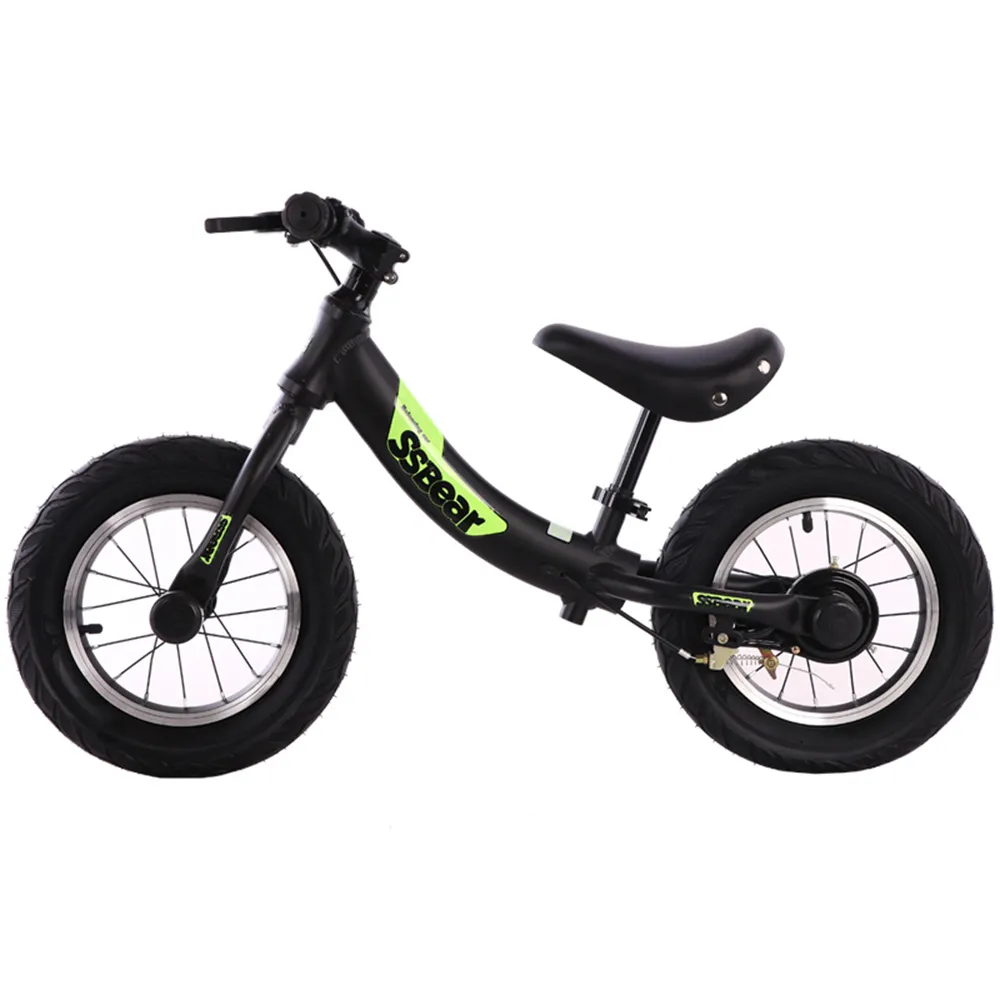Tips for Teaching Children to Successfully Balance on a Bicycle
How to Teach a Kid to Balance on a Bike
Teaching a child to ride a bike is one of the many joys of parenthood. It not only helps them develop physical skills but also builds their confidence and independence. One of the key aspects of learning to ride is mastering the art of balance. Here’s a step-by-step guide on how to teach a kid to balance on a bike effectively.
1. Choose the Right Bike
Before starting the learning process, ensure that your child has the right bike for their size. A bike that is too big or too small can make it difficult for them to gain confidence. When they sit on the saddle, their feet should be able to touch the ground comfortably. Consider starting with a balance bike, which has no pedals and allows them to push with their feet while focusing on balancing.
2. Find a Safe Learning Environment
Select a flat, open area away from traffic, such as a park or an empty parking lot. Ensure the surface is smooth to reduce the chance of falls. Keeping the environment safe and free from distractions will help your child focus on learning how to balance.
3. Start with Balance Exercises
Before introducing the pedals, let your child practice balancing. Have them sit on the bike with their feet flat on the ground. Encourage them to walk the bike forward using their feet. Gradually, have them lift their feet off the ground for short periods while keeping their balance. The goal here is to familiarize them with the feeling of being on the bike without the pressure of pedaling.
4. Introduce the Pedals
Once your child is comfortable balancing while walking the bike, it’s time to introduce the pedals. Have them practice pedaling while you hold the back of the seat for support. This will give them the sense of security they need to focus on pedaling and maintaining balance at the same time. Remind them to look ahead and not down at their feet; looking up helps maintain balance.
how to teach a kid to balance on a bike

5. Practice Steering
Along with balancing and pedaling, learning to steer is crucial. Let them practice turning the handlebars while riding in a straight line. Make it a game by setting up cones or markers for them to steer around. This helps develop their control of the bike and enhances their confidence.
6. Gradual Release of Support
Once your child is pedaling and steering comfortably, it’s time to gradually reduce your support. Start by holding onto the bike lightly, then progressively lessen the grip until they are riding without your assistance. It’s helpful to encourage them to ride in a straight line since this reduces the chances of losing balance.
7. Encourage Confidence Through Practice
Encouragement is key! Remind your child that falling is part of the learning process and that it’s completely okay. Celebrate small victories, like balancing for a few seconds or making a successful turn. The more they practice, the more confidence they will build.
8. Safety Gear is Essential
Always ensure that your child wears a properly fitted helmet. In addition, consider knee and elbow pads, especially when they are just learning. Safety gear can help prevent injuries and give both you and your child peace of mind as they practice.
Conclusion
Teaching a child to balance on a bike requires patience, encouragement, and practice. Each child learns at their own pace, so it’s important to remain supportive and positive throughout the process. Celebrate the milestones and enjoy the journey together. Soon enough, they’ll be riding confidently on their own, and you’ll cherish the memories of these special moments spent teaching a valuable skill that will last a lifetime.
-
The Perfect Baby TricycleNewsAug.11,2025
-
Ride into Fun with Bikes for KidsNewsAug.11,2025
-
Ride into Adventure with the Perfect Kids Balance BikeNewsAug.11,2025
-
Fun and Safe Riding with the Best Childrens ScootersNewsAug.11,2025
-
Find the Perfect Childrens Bike for Your Little OneNewsAug.11,2025
-
Explore the Best Baby Tricycles for Your Little OneNewsAug.11,2025
-
Three-Wheel Light-Up Scooter Benefits for KidsNewsJul.11,2025








